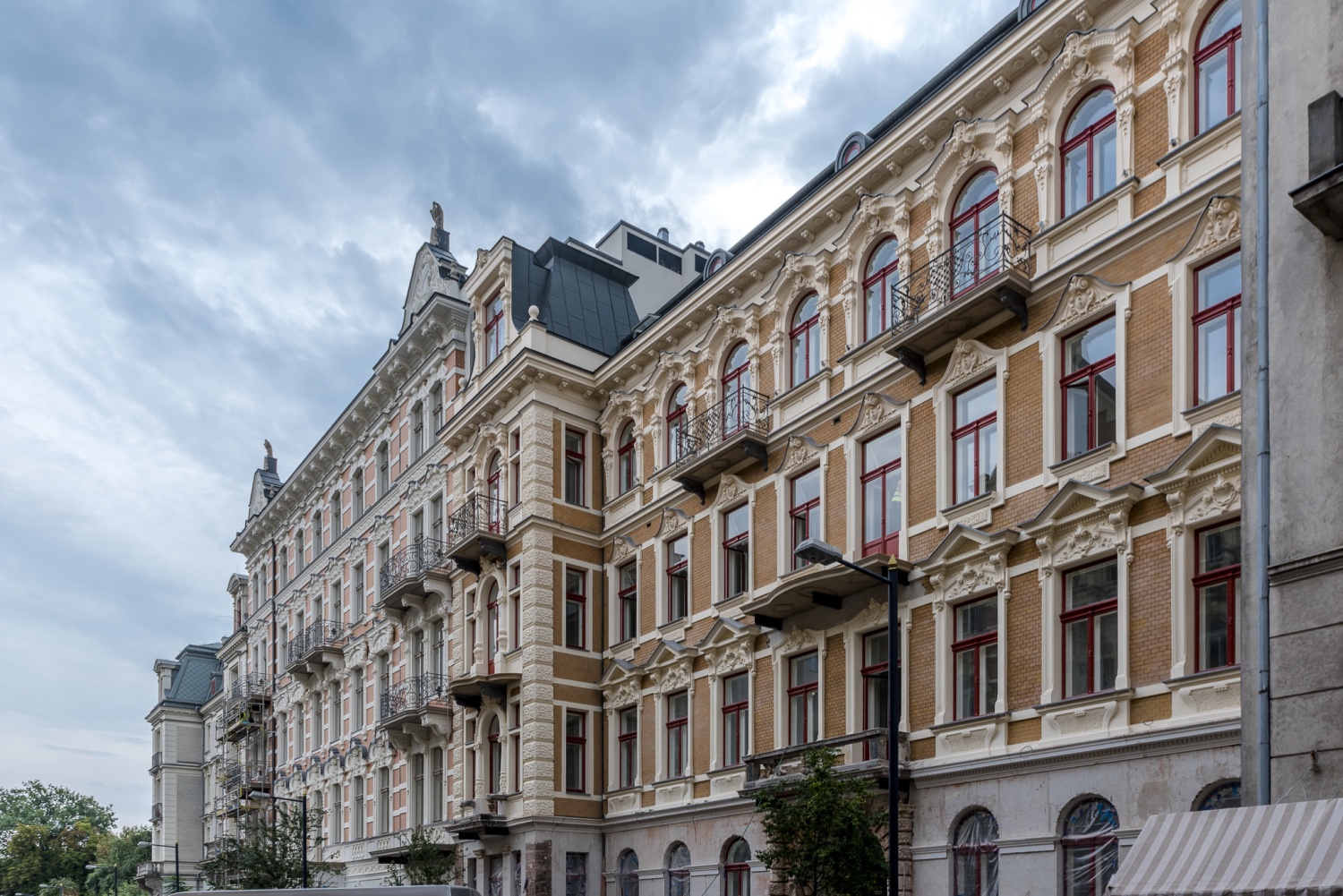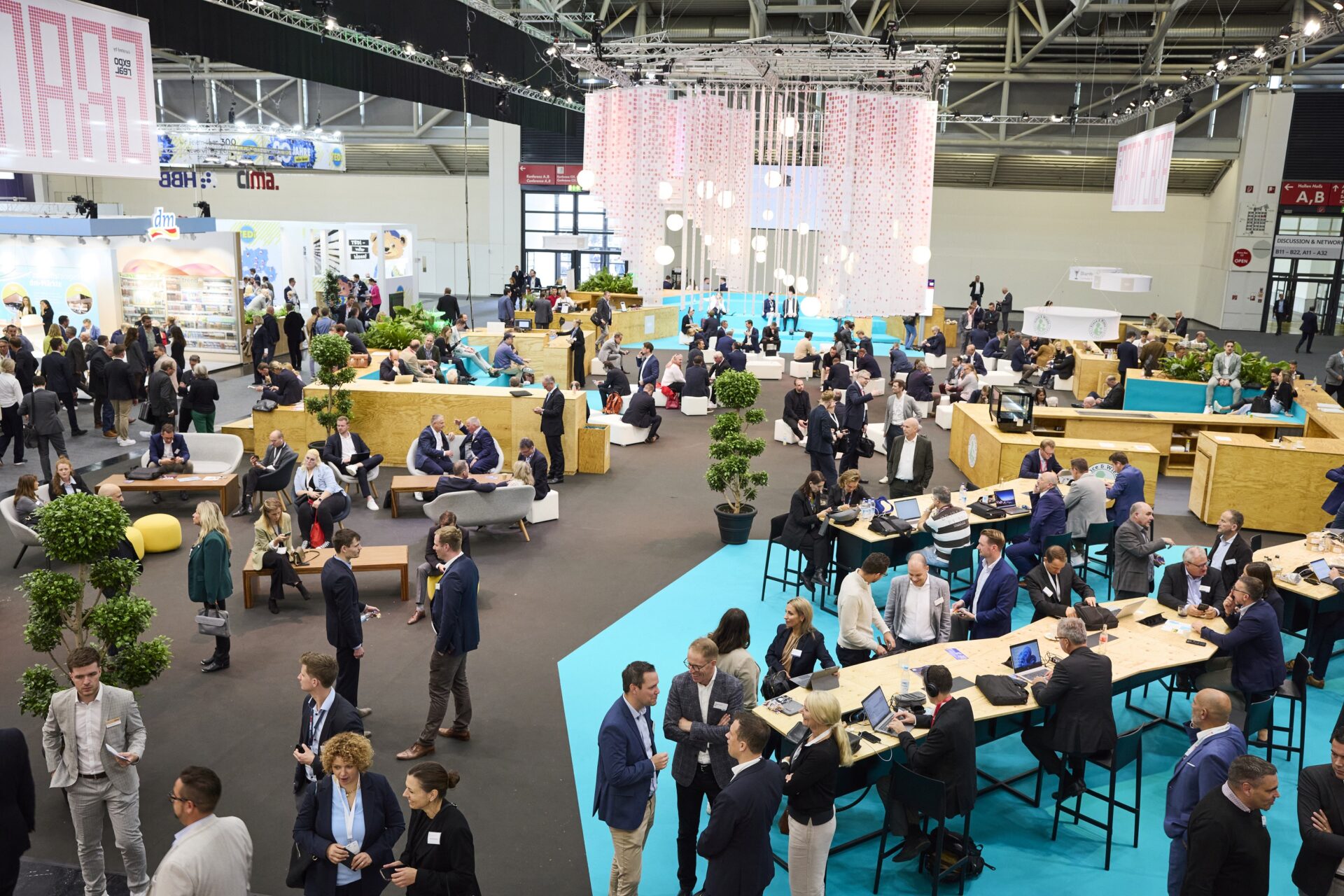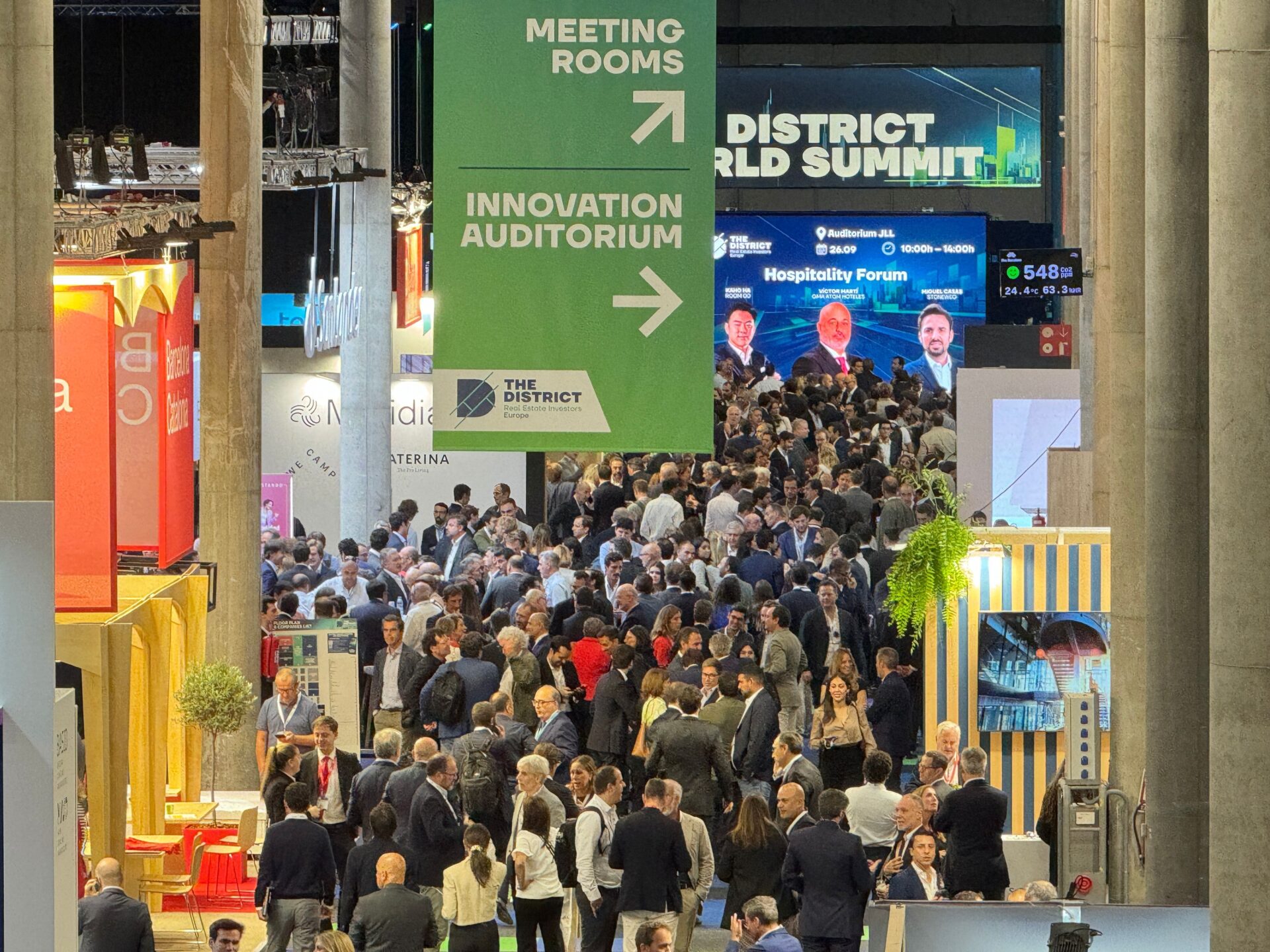Cooperation with top specialists, huge capital expenditure and, most of all, enormous respect for the historical character of the buildings – all this describes in short the spectacular renovation of Foksal 13/15. As a result, Warsaw regained a piece of its rich history. At the same time one of the most prestigious residential projects in Poland has been delivered.
The residences at Foksal 13 and 15 have had the status of luxury town residences since the very moment they were built in the late 19th century. They are rightly considered true pearls of the belle époque architecture – their rich ornaments match the splendour seen in the interiors of palaces. Against the turns of Warsaw’s difficult history in the 20th century, both residences have survived until today and are regaining their former shine right in front of our eyes. All this is thanks to Ghelamco Poland, which took up the ambitious challenge to revitalise the historical buildings while adapting them to today’s top standards which are expected from premium properties.
“Foksal 13/15 is a special project both for the city and our business. And this is exactly how we treat it by making efforts to achieve the desired effects. We have engaged top specialists, both from home and abroad, in the revitalization process. To truly appreciate the value of these residences, you need to love art and history and be a connoisseur of beauty. Foksal 13/15 is like classical music in the world of architecture,” says Jeroen van der Toolen, Managing Director CEE, Ghelamco.
In the hands of masters
The revitalisation project was entrusted to Anna Rostkowska from Proart studio, who is a prominent expert on historical architecture. Her team was engaged in renovating many prestigious buildings valuable to Polish culture, including among others Belweder and Presidential Palace. However, Foksal 13/15 has a very special place even in such a rich portfolio as the studio’s.
“I know no historical residence in Warsaw which could match these two buildings in terms of number of architectural details and their personalisation. In this case, revitalisation works can definitely be compared to conserving a work of art,” says Anna Rostkowska, founder and owner of ProArt studio.
There are more artistic aspects of Foksal 13/15. Rich ornaments of the facade of residence no. 13 were made by a professional clay sculptor and only then cast in gypsum. The figures of muscular atlases supporting the balcony over the entrance to number thirteen or the eagles topping the side avant-corpses were also developed in a sculpture studio. Many other artists were also engaged in the works, among others blacksmiths who used traditional techniques to reconstruct the balcony balustrades and the gate full of fancy shapes.
The façade of Foksal 13 was a huge challenge as it was reconstructed based on the only found picture. In 1898, when the building was built, its front abounded in diverse architectural details. However, in the 30s the new owner of the residence, Jan Wedel, deprived it of the ornaments in line with the then-popular modernist style. Ghelamco Poland decided to restore the residence to its former appearance in line with the design of architect Artur Spitzbarth, the author of the building.
The reconstruction of the façade was possible thanks to the involvement of many outstanding specialists, including professor Jadwiga Roguska, the author of numerous studies on the 19th century architecture of Warsaw. On the basis of the collected materials, a project of about 200 three-dimensional elements of the façade’s decoration was developed to create a coherent composition. Distinguished artists, sculptors and conservators were employed to decorate the façade.
One more renowned studio was engaged in adapting Foksal 13/15 to modern requirements, namely Sud Architectes, which has prestigious projects in its portfolio, including redevelopment of Hotel Europejski in Warsaw or revitalisation of the Łódź Manufaktura.
The residences will offer to its residents not only historical authenticity but also world-class design. The interiors of the common parts, including SPA zone and guest rooms, as well as the suites, were arranged by the Dutch designer Eric Kuster. His portfolio includes projects for celebrities such as Alicia Keys, Kelis, David Guetta, Zinedine Zidane or Robin van Persie. Kuster’s sophisticated style combines gentle simplicity and fine details.
Operation: Foksal
Conservation works performed as a part of the Foksal 13/15 project have been a tremendous effort, with participation of the country’s top specialists. Małgorzata Paździora-Sattler, owner of Art Studio, responsible for, among others, conservation works in Royal Baths Museum and the Fryderyk Chopin Museum at the Ostrogski Palace in Tamka, talks about the scale of the works. As a part of the Foksal 13/15 project the specialist deals with conserving the paintings on the walls, ceilings and palate of the stairs in the staircases of the residences.
“In the first place, we manually remove the layers of paint and secondary plasters accrued over decades by using tools similar to surgical equipment, such as scalpels and special knives, until we reach the original layer of paint. The next stage is technical conservation, or sealing a delicate paint layer and injections in order to strengthen the plaster structure. Here come genuine medical drips with needles put in the plaster and filled with professional conservation substances. Now is finally the time for supplementing the depleted paint layer. To this end we use special, small paintbrushes to supplement the missing fragments of paintings point by point, millimetre by millimetre,” says Małgorzata Paździora-Sattler.







